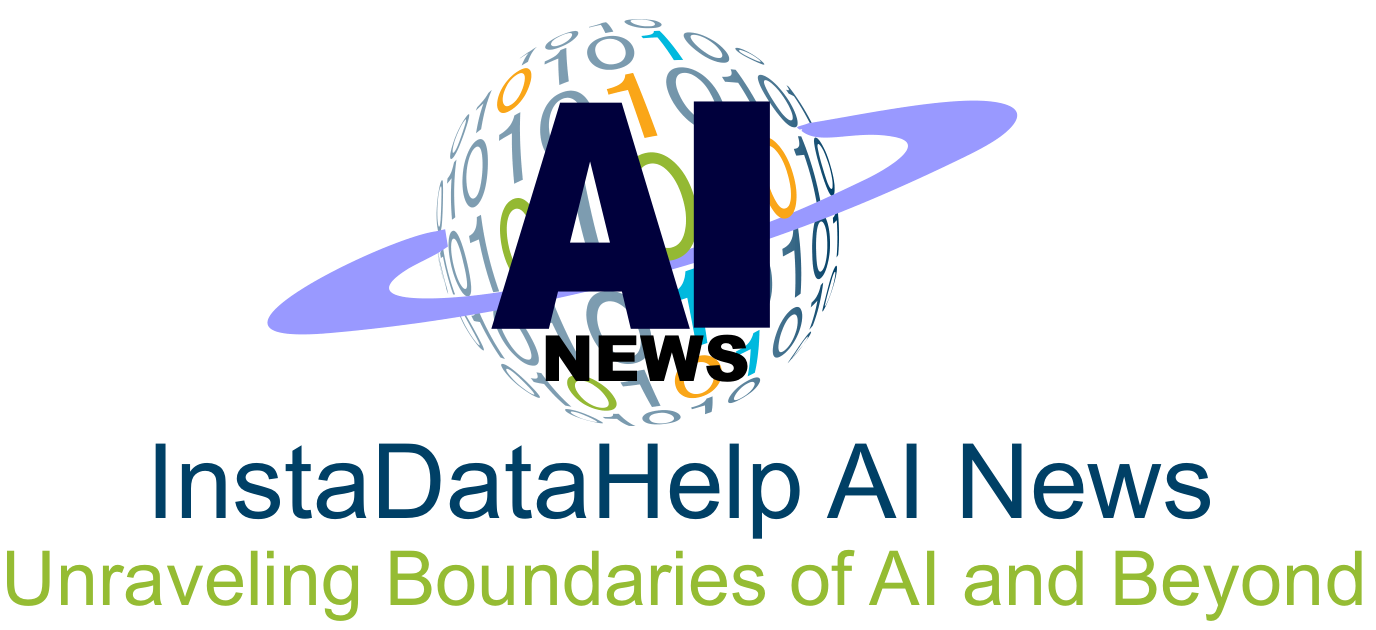Unlocking the Potential of Artificial Intelligence: The Power of Machine Learning
Introduction
Artificial Intelligence (AI) has become a transformative force in various industries, shaping the way we live and work. At the heart of AI lies machine learning, a subset of AI that enables computers to learn and make predictions without being explicitly programmed. This article delves into the power of machine learning and its potential to unlock the full potential of AI. Additionally, it explores the role of AI Literature Review Writers in advancing the field and provides an overview of their contributions.
Understanding Machine Learning
Machine learning is a branch of AI that focuses on developing algorithms and statistical models that enable computers to learn and improve from experience automatically. This process involves feeding large amounts of data into a machine learning algorithm, which then analyzes and identifies patterns, making predictions and decisions based on the learned patterns. The more data the algorithm is exposed to, the more accurate its predictions become.
Types of Machine Learning
There are three main types of machine learning: supervised learning, unsupervised learning, and reinforcement learning.
Supervised learning involves training a model using labeled data, where the desired output is known, enabling the algorithm to learn the relationship between the input and output variables. This type of learning is commonly used in tasks such as image recognition, spam email filtering, and sentiment analysis.
Unsupervised learning, on the other hand, involves training a model using unlabeled data, where the algorithm learns to find patterns and relationships in the data without any predefined output. This type of learning is commonly used for tasks such as clustering, anomaly detection, and recommendation systems.
Reinforcement learning is a type of learning where an agent interacts with an environment and learns to make decisions based on rewards or punishments. The agent explores the environment and takes actions to maximize its cumulative reward. This type of learning is commonly used in robotics, game playing, and autonomous vehicles.
Applications of Machine Learning
Machine learning has found applications in various fields, revolutionizing industries and transforming the way we live. Some notable applications include:
1. Healthcare: Machine learning algorithms have been used to develop predictive models for diagnosing diseases, analyzing medical images, and personalizing treatments.
2. Finance: Machine learning algorithms have been employed for fraud detection, credit scoring, algorithmic trading, and risk management.
3. Retail: Machine learning algorithms have been utilized for demand forecasting, inventory management, personalized marketing, and recommendation systems.
4. Transportation: Machine learning algorithms have been deployed in autonomous vehicles for object detection, path planning, and decision making.
5. Marketing: Machine learning algorithms have been used for customer segmentation, predicting customer behavior, and optimizing marketing campaigns.
The Role of AI Literature Review Writers
AI literature review writers play a crucial role in advancing the field of AI and machine learning. They contribute by conducting comprehensive literature reviews, analyzing existing research, and identifying gaps and opportunities in the field. These writers provide valuable insights and recommendations for future research, helping researchers and practitioners stay up-to-date with the latest advancements in AI and machine learning.
With the rapid pace of AI advancements, it can be challenging for researchers and practitioners to keep track of the vast amount of research published in the field. AI literature review writers bridge this gap by synthesizing and summarizing relevant research papers, providing a comprehensive overview of the state of the art in AI and machine learning. This enables researchers to build upon existing knowledge and identify potential research directions.
Furthermore, AI literature review writers contribute to the dissemination of knowledge and insights in the field. Their work is often published in academic journals, conferences, and online platforms, making it accessible to a wide audience. This helps in fostering collaboration and knowledge sharing among researchers, ultimately accelerating the progress and impact of AI and machine learning.
Conclusion
Machine learning is a powerful tool within the realm of AI, enabling computers to learn and make predictions without explicit programming. Its potential is vast, with applications spanning across various industries. AI literature review writers play a fundamental role in advancing the field, conducting comprehensive reviews, and providing insights that propel research and development. As AI continues to evolve, the power of machine learning will continue to unlock new possibilities, transforming the way we live and work.
